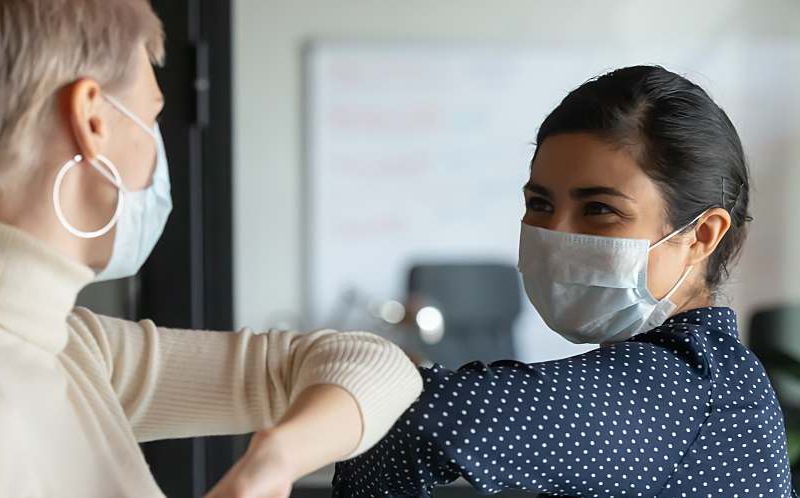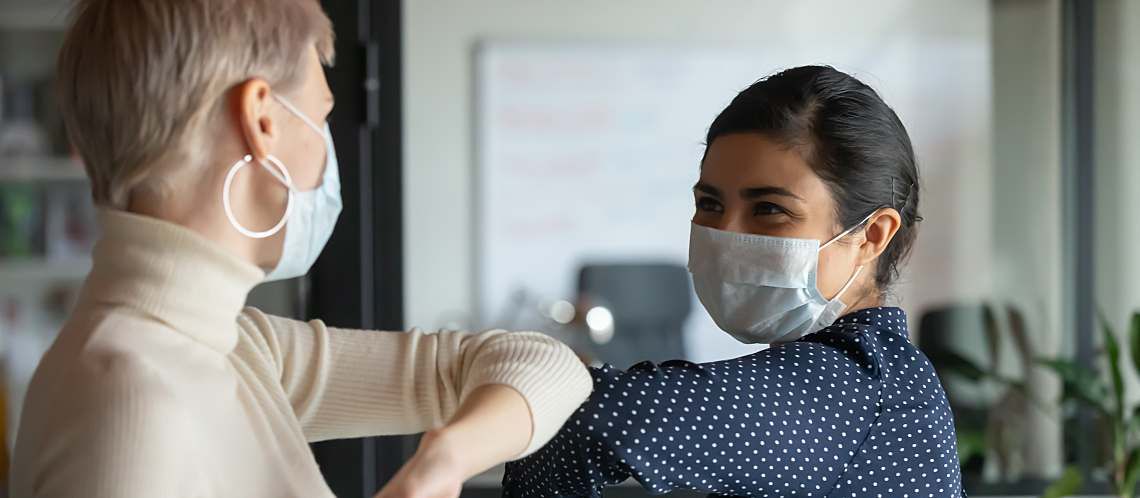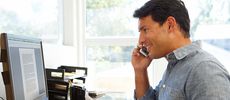Interacting With Customers in the COVID-19 Era: 8 Tips for Water Lab Managers


As states reopen amid the COVID-19 pandemic, your water lab may be processing more samples to address seasonal testing needs. Still, it's not business as usual and your lab will need to make some procedure adjustments.
Follow these eight tips to reduce person-to-person contact and the risk of COVID-19 transmission when you and your team interact with clients.
1. Protect Your Staff First
Prescreen your employees, daily if necessary, to monitor for COVID-19 symptoms such as fever, cough, and fatigue. This may include asking them to get tested for COVID-19 every week. Require all lab personnel to wear masks and maintain 6 feet of distance from everyone else, including when they're at the bench.
2. Permit Only Essential Visitors in Your Lab
To lower the risk of COVID-19 transmission, the Michigan Department of Environment, Great Lakes, and Energy announced that visitors will not be permitted in its lab. Closing your facility to nonessential personnel lowers the risk of transmitting SARS-CoV-2 to clients and staff.
3. Require Employees and Customers to Wear Masks and Maintain Social Distancing
If you don't want to close your facility to visitors entirely, you should require guests to wear face masks. Babcock Laboratories in Riverside, California, requires all of its employees and visitors to wear face coverings, without exception.
Insist that everyone stays at least 6 feet away from everyone else. Instead of merely asking for compliance, you can effectively enforce distancing with barriers and signage. Use signs to instruct visitors on where they should stand and how the line traffic should flow.
Also, install glass shields at the desks of anyone who regularly interacts with visitors inside the facility.
4. Receive Samples Outside
Designate an outdoor receiving area where clients can drop off their samples, but require them to wear masks while using this service. Additionally, you can mirror Babcock Labs' procedure by asking clients to use hand sanitizer before they unload samples and sign chain-of-custody forms. To ensure proper water testing protocols can still be honored, consider providing coolers for clients to leave their samples in.
5. Communicate About Sample Drop-Offs and Pickups via Phone
Many water testing labs, including the University of Arkansas Water Resources Center, are asking clients to keep their cellphones handy when visiting a facility. This way, they can safely wait in their vehicles until a staff member calls them and invites them inside. You can also ask clients to schedule a time to pick up sample containers or drop off collected samples. Post a sign with instructions and your lab's phone number to make the process easier for clients.
6. Let Customers Ship Samples
Limit in-person interactions further by shipping sample bottles with instructions and allowing clients to return them by mail. Generally, shipping samples overnight between Monday and Thursday offers the best timing for your lab, as your team will likely receive them during the workweek. Then, provide detailed reports of the results to your clients via email or mail.
7. Connect With Customers via Phone, Email, or Videoconference
When communicating with clients, insist on conducting conversations by email or phone to preserve their well-being and yours, too. Conduct meetings using the good old telephone, teleconferencing, or videoconferencing. Almost everyone is now familiar with these last two technologies, given their rise in popularity as means to communicate with friends and family during stay-at-home orders.
8. Relay Key Information for Customers on Your Website
Regularly audit your website and revise text and imagery to reflect current conditions. In your messaging, show that employee and customer safety is a top priority and that you understand your clients' challenges. Also, share how you're adjusting procedures to support them during this time.
Offer extensive product information and resources on your website, including FAQ about water safety and COVID-19 and video tutorials. Online content that's helpful and engaging may answer many of your customers' questions, which can help curb some of their calls and visits to your lab.
Someday, COVID-19 will no longer be a threat. Until then, these best practices can help you safely serve your clients while also protecting your workforce. You may even want to fold these methods into your standard procedures, as they allow for more convenience without sacrificing quality.






